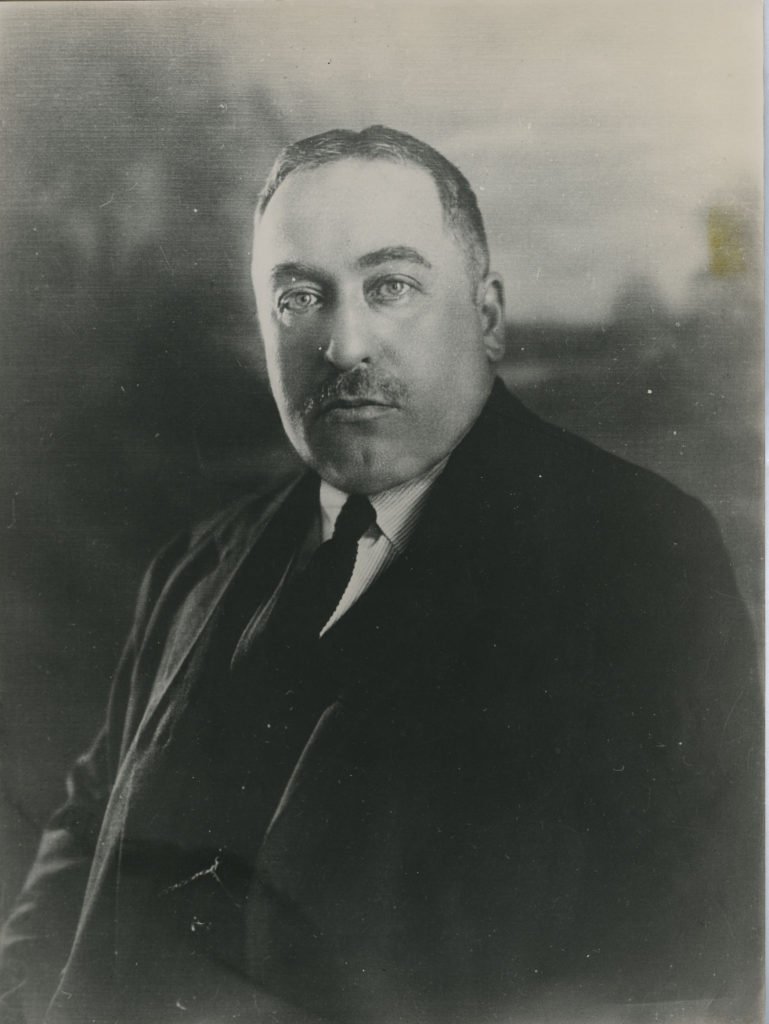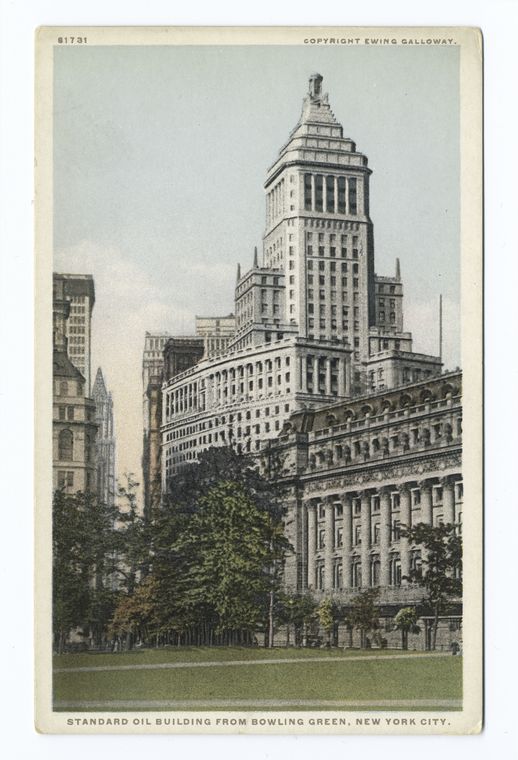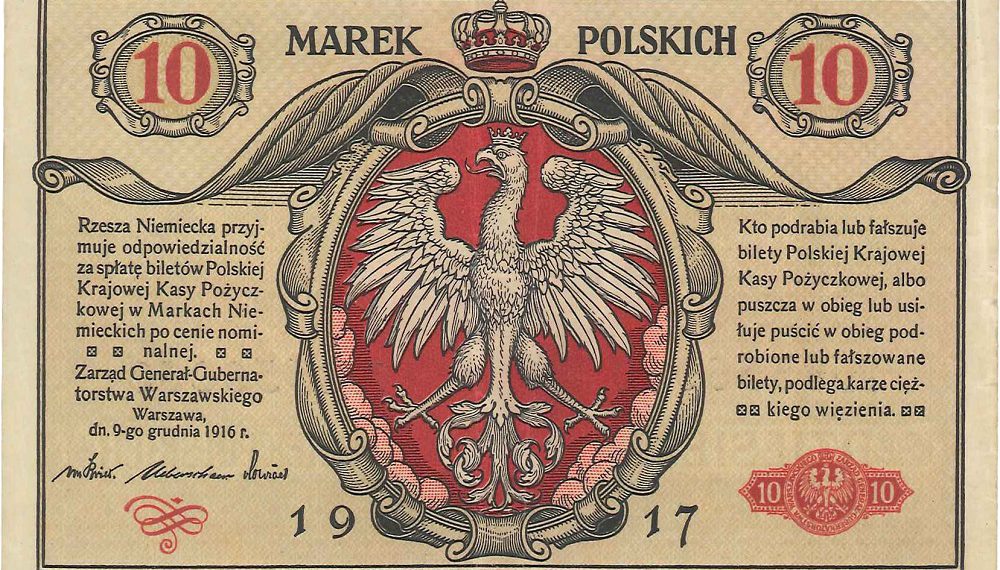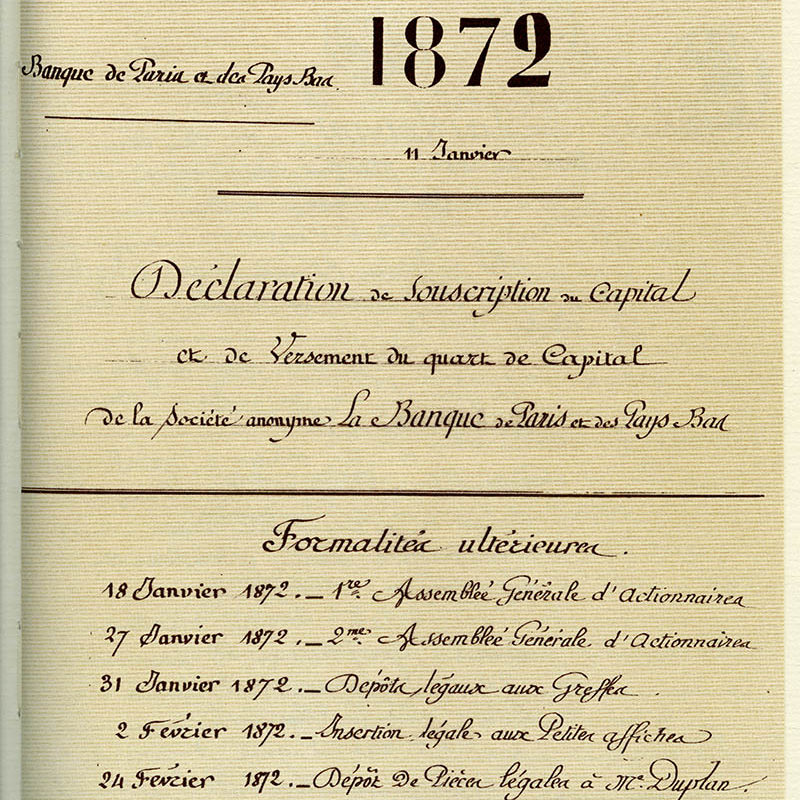Paribas in the US : a strategy true to its international tradition 1/2

From the beginning of the 19th century, European bankers Bischoffscheim & Goldschmidt, the ancestor of Paribas, established since the 1820s in Paris and in London, was a very important player on the international market, particularly the United States and in Latin America (financing of railways, among other things).
Created in 1872, La Banque de Paris et des Pays-Bas focused on establishing a model following that of UK merchant banks and US investment banks.
A first alliance in the United States
At this time, true to the highly personal relations linking the managers of the banks, Edouard Noetzlin, the future CEO of Paribas, approached Jacob Schiff, the head of Kuhn-Loeb, a leading player on Wall Street. From then on, like the links forged with Baring and Lord Revelstoke in London, cooperation with Kuhn-Loeb would constitute the main focus of Paribas’ US policy for several decades.
In 1905, Paribas even considered setting up a “French bank of North America”, but had to give up the plan with the outbreak of the financial crisis in 1907; the opportunity to establish itself on the other side of the Atlantic would only come more than fifty years later.

Links with Standard Oil

From 1914 until the 1960s, with the creation of the Euro-Dollar market, the operating conditions for a foreign bank on US soil were not favourable. Paribas overcame this situation thanks to its two directors: Horace Finaly in the period between the wars, and Jean Reyre, CEO of the bank following World War II.
The former had substantial ties to the oil industry particularly in the US, where he forged close links with Standard Oil. Finaly also became a manager of its French subsidiary, the French-American Cie Standard, which was 51%-owned by Paribas. It was a sign of the renewed US relations with the bank, which maintained a representative in New York during the Second World War, Maurice Boyer.

Following this history, read about Paribas Corporation in 1960








